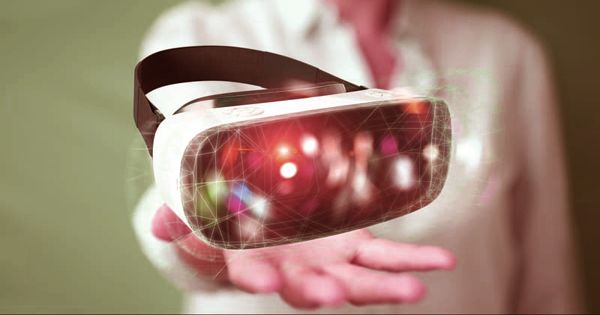Researchers at the University of Bath who are looking into how virtual reality (VR) can help improve balance believe that this technology could be a valuable tool in the prevention of falls.
As people get older, losing balance and falling becomes more common, increasing the risk of injury and reducing independence. Falls are the leading cause of non-fatal injuries in people over the age of 65, accounting for over 4 million bed days in England alone each year at an estimated cost of £2 billion.
Humans maintain their balance using three mechanisms: vision, proprioceptive (physical feedback from muscles and joints), and vestibular system (feedback from semi-circular canals in the ear). The most important of these is vision.
Patient surveys and physical tests, such as using a treadmill or testing agility when performing specific movements or exercises, are traditional methods of assessing balance. However, the accuracy of these tests can be influenced by factors such as age, gender, and motivation, and the movements measured aren’t always representative of real-life scenarios. As a result, several research studies have looked into the use of virtual reality (VR) to help assess balance and even train users to improve their balance.
Humans use three ways of keeping their balance: vision, and vestibular system. Researchers at CAMERA are investigating VR technology to help improve balance and prevent falls.
Dr. Pooya Soltani of the University of Bath and Renato Andrade of the Clnica do Drago, Espregueira-Mendes Sports Center – FIFA Medical Centre of Excellence in Porto (Portugal) examined data from 19 separate studies to investigate the validity, reliability, safety, feasibility, and efficacy of using head-mounted display systems for assessing and training balance in older adults.
Their findings, published in the scientific journal Frontiers in Sports and Active Living, revealed that virtual reality (VR) was effective in assessing balance and could be useful for fall prevention as well as improving postural control and gait patterns. They found these systems also have the capacity to differentiate healthy and balance-impaired individuals.

“Traditional tests for measuring balance can be inaccurate and sometimes unsafe, for example, if the patient is on a treadmill that stops suddenly,” said Dr. Soltani, Studio Engineer at CAMERA, the University of Bath’s motion capture research center.
It may also be difficult to replicate real-world scenarios in a laboratory. However, using virtual reality (VR) opens up a vast array of possible scenarios that are more natural and relevant to the real world. Patients, for example, could be asked to cross a busy street, and these scenes can be easily adapted to help them gradually improve their balance and gain confidence in their movement.
Alternatively, VR could be used more like a video game, with patients virtually navigating a maze while performing additional cognitive tasks, such as solving mathematical problems. VR allows us to test how well participants maintain their balance by adding disorienting effects or resizing and removing elements.
The researchers discovered that when older adults took virtual reality versions of traditional balance tests, they became more cautious and took longer to complete the tasks. They did, however, find them more enjoyable, which may help encourage participants to stick to a rehabilitation program.
Dr. Soltani stated: “This technology has a lot of potential, according to our review, but there is still a lot of work to be done before it can be used widely in rehabilitation. We need to test parameters like changing the frame rate, determining which scenarios are most effective, and reducing the problems that some users have with motion sickness when using VR.”
While Covid19 has temporarily postponed plans to test the technology on volunteers, the researchers are now looking for Ph.D. students to define protocols and develop a robust system that users can test later this year.















